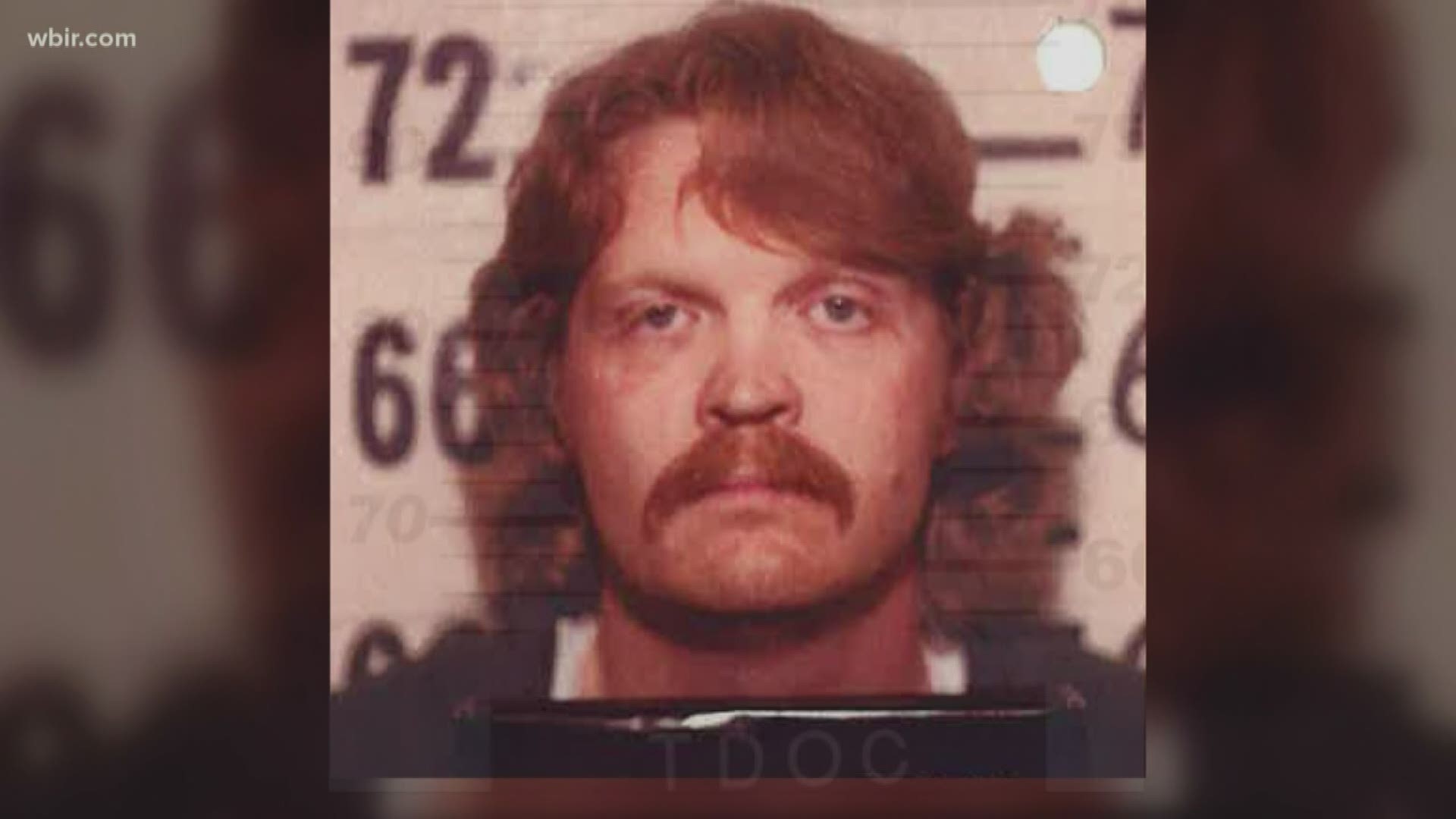

Photos by Cait Oppermann for Bloomberg Businessweek. The long-haul trucker has lots of opportunity.Data on the Murder Accountability Project’s website. The key question, Aamodt told me, is whether a given vocation’s duties hinder or enable killing on the side: “The gas-station attendant has no opportunity. In each case, the problem isn’t so much the people who fill the job, but the job itself. In his book Murder in Plain English, Arntfield breaks down the top serial-killer professions, and finds that truckers are joined by police and military personnel, forestry workers, hotel porters, and warehouse managers, among others. Samuel Little was a boxer and an ambulance attendant.

Of course, would-be homicidal maniacs lurk in all kinds of jobs. “The more locations you’re operating in,” he added, “the more difficult it is for law enforcement to see a link.” “They’re frequently picked up at truck stops or service stations.” Mike Aamodt, the founder of Radford University’s Serial Killer Information Center, says truckers are well positioned to evade detection. “The victims in these cases are primarily women who are living high-risk, transient lifestyles,” the FBI has said. Since then, the FBI’s Highway Serial Killings Initiative has investigated the murders of more than 750 victims found near highways, and identified nearly 450 potential suspects, a disproportionate number of them truck drivers. As an FBI press release put it in 2016, “If there is such a thing as an ideal profession for a serial killer, it may well be as a long-haul truck driver.” Truckers appeared on the bureau’s radar more than a decade ago, when an investigation revealed that women were being murdered along the I-40 corridor.


One illustration of the last point can be found in the trucking industry, which has drawn scrutiny from law-enforcement officials.
HOW MANY UNSOLVED SERIAL KILLERS ARE THERE HOW TO
According to Arntfield, killers like Little have benefited from the falling clearance rate, which he in turn attributes to a handful of factors: increased expertise (killers have studied other murderers’ mistakes and know how to fool cops, for example by planting false evidence), constrained resources (thanks to stagnant salaries, detectives in some areas may be less qualified than their predecessors), growing social isolation (which can make potential victims more vulnerable), and greater geographic mobility (which can make dots harder to connect).Ī 97-Year-Old Philosopher Ponders Life and Death: 'What Is the Point?' Emily Buder Since 2012, police have linked him to at least 60 homicides, and he claims to have committed 33 more. He isn’t a household name, yet the California inmate’s confessed death toll, across 14 states and four decades, appears to be triple Bundy’s. If such estimates are right, why aren’t more killers getting caught? Take Samuel Little. Michael Arntfield, a retired police detective and the author of 12 books on serial murder, agrees that the FBI’s projections are off (he blames patchy data, among other things) but thinks the number of active serial killers is more like 3,000 or 4,000. He believes that at least 2 percent of murders are committed by serial offenders-translating to about 2,100 unidentified serial killers. Thomas Hargrove, the founder of the Murder Accountability Project, a nonprofit that compiles data on homicide, has examined how many unsolved murders are linked by DNA evidence. Some experts believe that serial killers are responsible for a significant number of these unsolved murders. In other words, about 40 percent of the time, murderers get away with murder. By 2017, it had dropped to 61.6 percent, one of the lowest rates in the Western world. As the number of serial killings has supposedly fallen, so too has the rate of murder cases solved-or “cleared,” in detective lingo. Better forensic science is also credited, as are cultural and technological shifts: less hitchhiking, more helicopter parents, 60 million security cameras.īut here’s a curious fact. Several reasons are commonly cited for this decline, among them longer prison sentences and a reduction in parole (many serial killers are convicted murderers who, after serving time, kill again). Since then, data suggest, the number of serial killers-defined by the National Institute of Justice as those who commit two or more separate murders, often with a psychological motive and a sadistic sexual component-has plunged, falling 85 percent in three decades the FBI now says that serial killers account for fewer than 1 percent of killings. T he helter-skelter 1970s and ’80s are remembered as the serial killer’s heyday-think of Ted Bundy, John Wayne Gacy, and David “Son of Sam” Berkowitz.


 0 kommentar(er)
0 kommentar(er)
